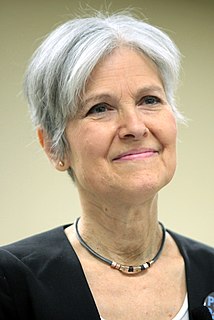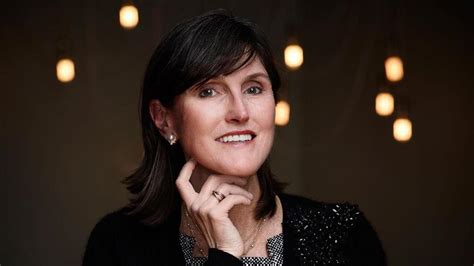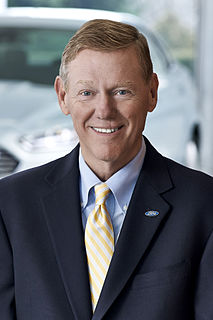A Quote by Sucheta Dalal
Putting an end to usurious rates is not going to be as simple as asking banks to lay down internal guidelines, policies and procedures.
Quote Topics
Related Quotes
The methods that will most effectively minimize the ability of intruders to compromise information security are comprehensive user training and education. Enacting policies and procedures simply won't suffice. Even with oversight the policies and procedures may not be effective: my access to Motorola, Nokia, ATT, Sun depended upon the willingness of people to bypass policies and procedures that were in place for years before I compromised them successfully.
A higher IOER rate encourages banks to raise the interest rates they charge, putting upward pressure on market interest rates regardless of the level of reserves in the banking sector. While adjusting the IOER rate is an effective way to move market interest rates when reserves are plentiful, federal funds have generally traded below this rate.
There are several states that move from Karl Marx-like policies to Adam Smith-like policies and back again in a weekend. So for the states with huge volatility in their income tax policies over time, the differences in growth rates in those periods are really amazingly consistent with tax rates really mattering.
I don't think it's possible for the Fed to end its easy-money policies in a trouble-free manner. Recent episodes in which Fed officials hinted at a shift toward higher interest rates have unleashed significant volatility in markets, so there is no reason to suspect that the actual process of boosting rates would be any different. I think that real pressure is going to occur not by the initiation by the Federal Reserve, but by the markets themselves.
You have to lay down in the center of the action lay down and wait until it charges then you must get up face it get it before it gets you the whole process is more shy than vulnerable so lay down and wait sometimes it's ten minutes sometimes it's years sometimes it never arrives but you can't rush it push it there's no way to cheat or get a jump on it you have to lay down lay down and wait like an animal .
The art of banking is always to balance the risk of a run with the reward of a profit. The tantalizing factor in the equation is that riskier borrowers pay higher interest rates. Ultimate safety - a strongbox full of currency - would avail the banker nothing. Maximum risk - a portfolio of loans to prospective bankrupts at usurious interest rates - would invite disaster. A good banker safely and profitably treads the middle ground.
Financial institutions have been merging into a smaller number of very large banks. Almost all banks are interrelated. So the financial ecology is swelling into gigantic, incestuous, bureaucratic banks-when one fails, they all fall. We have moved from a diversified ecology of small banks, with varied lending policies, to a more homogeneous framework of firms that all resemble one another. True, we now have fewer failures, but when they occur... I shiver at the thought.
































